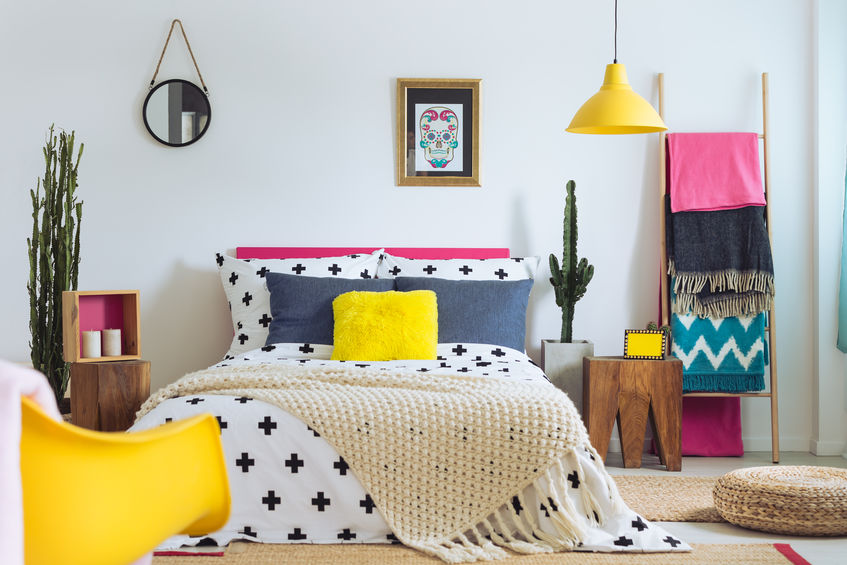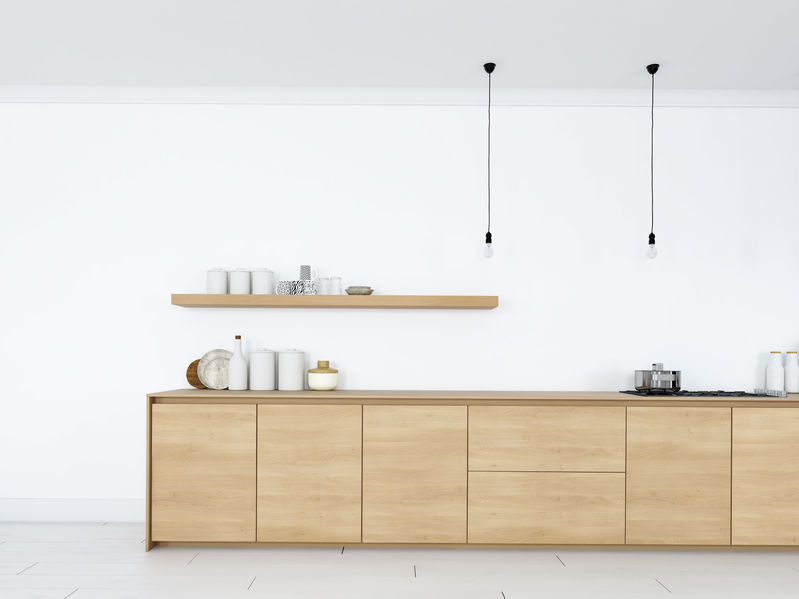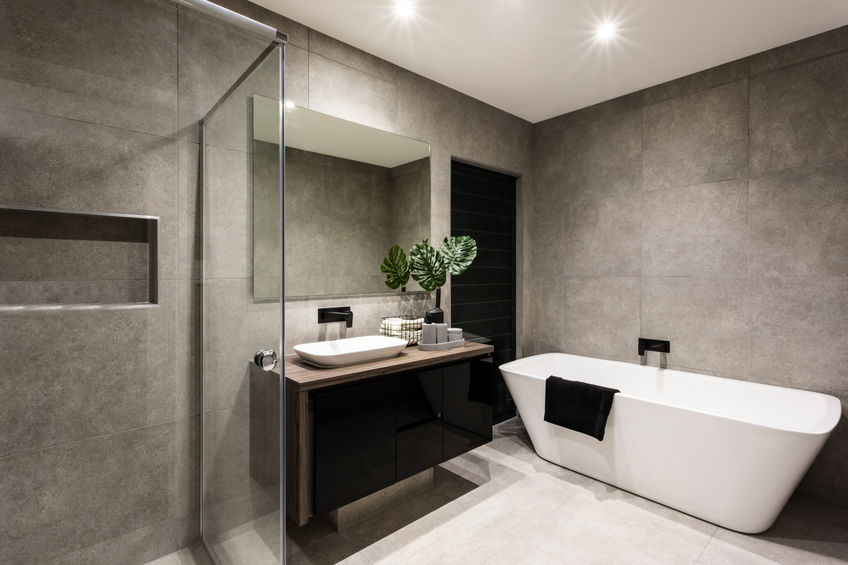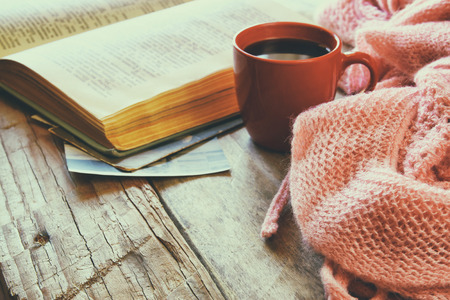
Interior design is a coordinate plan with clear guidelines in place to help enhance a home’s aesthetics and functionality. Plus, there are hundreds of styles that we can use to help create our space. Many interior design styles have come and went while we see interior design evolve over time, just like fashion and beauty. Some styles have indeed survived the test of time where others come and go. Many bold and contemporary designs seem to be much shorter-lived than safe and neutral designs. Typically, this is because neutrals do not make such bold statements where other colors can be very influential. Yet, when new bold design themes do come about, they usually change the perspective entirely and can revamp the next generation of design.
During the 1980s, Italian designer Ettore Sottsass and his design team created a daring and novel design theme that would break all the rules of the current design times. This design was referred to as Memphis design, which was named due to the famous Bob Dylan song “Stuck in Memphis.”
What Is Memphis Design?
Memphis design is nothing short of abstract. It is probably the easiest design to recognize because of how whimsical and unique it is. During the 1940s, Mid-Century Modern took the forefront of many designs. It revolutionized architecture and home designs throughout the United States. However, having too much of a good thing can soon make it overused. Since Mid-Century Modern was a very minimalistic and neutral color palette, it had constructed rules which help create and make the atmosphere. During the 1980s, Sottsass and his team decided to make something untraditional or “radical, funny, and outrageous” as they put it. They created the rule-breaking, whimsical, pop art, and colorful Memphis design.
The Return of Memphis Design
Likewise, we have seen neutral color themes for the last several years. For instance, many rooms have been painted gray, beige, and white, and as children grew up with this color palette, they began to want more color. However, those children are adults and homeowners today, and we notice that generation X loves their colors. They are adding colors more than ever into their homes and apartments. So, we slowly see the return of rule-breaking colors and patterns to create an artsier and maximalism-styled home.
How to Master This Whimsical Style
The color palette is completely open but thrives off bold, neon, and pastel colors and a lot of them! Many rooms will have more than a dozen bold colors incorporated in their design. Plus, this style has unique and contemporary geometrical shapes to construct furniture and patterns. It also uses a ton of patterns where most designs stick to one or two.
What do you think of this crazy design? Is it refreshing to see colors back into homes, or is this design too much? We would love to get your opinion below in the comment section.








